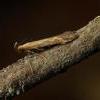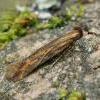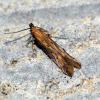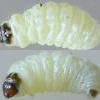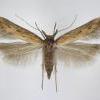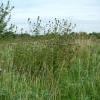35.058 Metzneria metzneriella (Stainton, 1851)
Status and Distribution
Common over much of England and Wales, more local in northern England, central Wales and central lowland Scotland. Local to very local in south-west England, southern Scotland, Northern Ireland and Ireland. Apparently absent from most of Northern Scotland (recorded once in the central Highlands), Isle of Man and the Channel Islands.
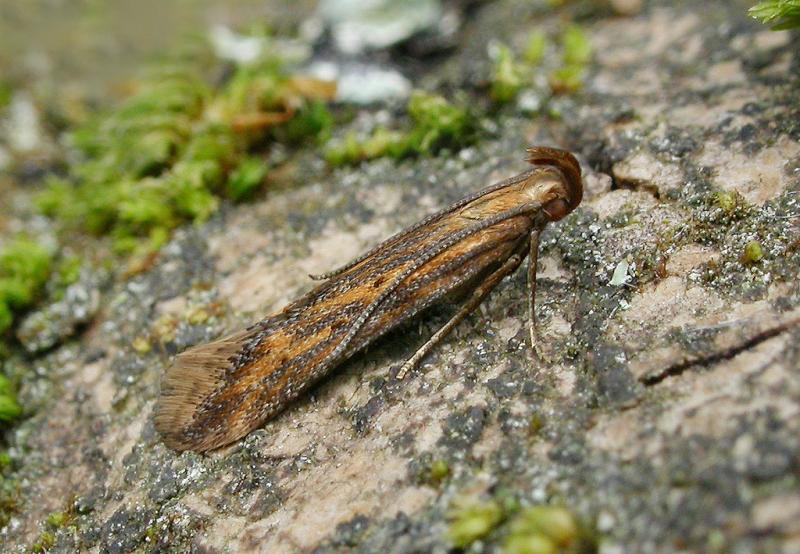
Provisional map
Foodplant and Larval Feeding Signs
Centaurea nigra (common knapweed), see plant distribution map, and Serratula tinctoria (saw-wort). Bred from Centaurea paniculata (jersey knapweed) on the Isle of Wight in 1967 (E C Pelham-Clinton).
In Europe, also found on Centaurea scabiosa (greater knapweed), Centaurea montana (perennial cornflower), Centaurea phrygia, Centaurea jacea and Centaurea pratensis.
No external signs of feeding damage.
Habitat
Finding the Moth
Larva: in the seed-heads from late August, overwintering until pupation in April. Overwintered seed-heads can produce large numbers of adults.
Adult: flies at night and comes to light.
Similar Species
M. lappella is on average slightly larger, generally paler and lacks the dark reddish-brown streaks speckled with whitish present in M. metzneriella. The other brownish Metzneria species lack the prominent black spot on the forewing at three-quarters. Worn moths may require dissection.
Single-brooded from late May to early August. There have been only two records in September as detailed below.
Earliest: 6th May 2005 (VC8).
Latest: 6th September 2006 (VC62) and 19th September 2011 (VC27).

